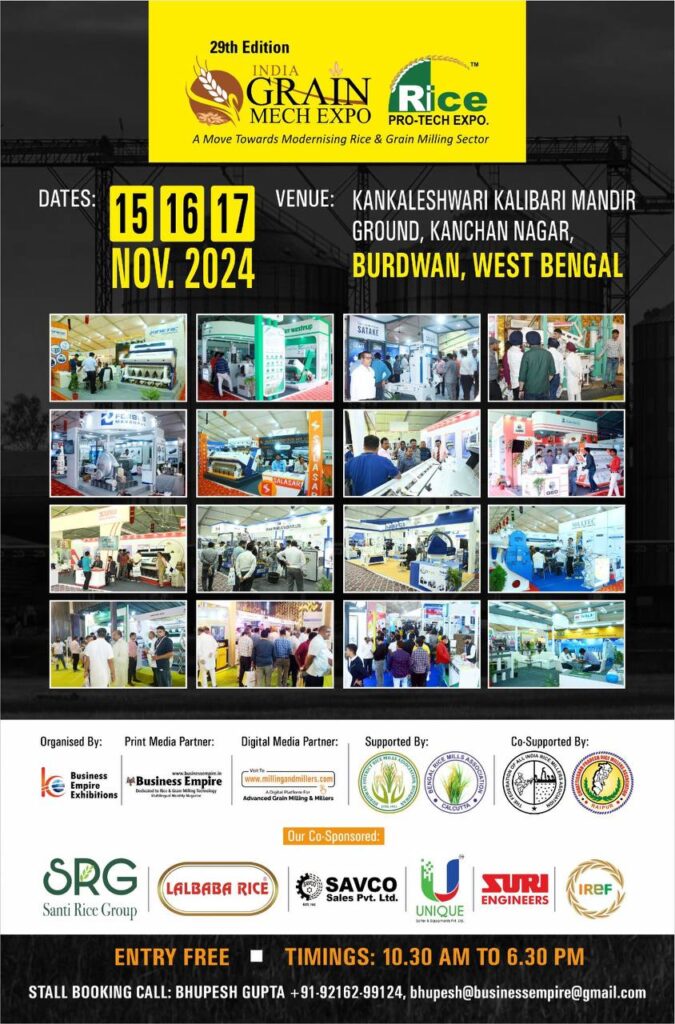Another jolt to farmers, paddy yield falls 3 quintals per hectare
By Ruchika Khanna
Already struggling to get their paddy procured, thousands of farmers who cultivated PR 126 and hybrid varieties are in for another setback — the lower yield.
Though experiments on paddy are still on, information gathered by The Tribune from the Agriculture Department shows that the crop yield has declined from 67 quintals to 64 quintals per hectare. This means that an average farmer will lose about Rs 6,960 a hectare.
“The final report of the crop-cutting experiment will come only after a fortnight. But we have noticed a fall of three quintals per hectare in yield, mainly because of climatic changes,” Punjab Director of Agriculture, Jaswant Singh told The Tribune.
Kirti Kisan Union leader Raminder Singh Patiala said in many places, the fall in crop yield is as high as four quintals. So far, 75.82 lakh metric tonnes (LMT) of paddy has arrived in mandis (of the total expected 185 LMT). Harvesting in most parts of the Malwa region is still underway. Since the harvesting was delayed because of the procurement pangs all through the first three weeks of the month, farmers say this also contributed to the fall in crop yield.
According to the information available with The Tribune, of the total 32.43 lakh hectare area under paddy this year, 6.80 lakh hectares was under basmati varieties. Of the remaining area, 40 per cent area is under PR 126 (over 10 lakh hectare) and 1-1.50 lakh hectares under the hybrid varieties.

Farmer unions, under the aegis of the Samyukt Kisan Morcha, today held protests outside offices of the Deputy Commissioners, where they alleged those farmers who had grown PR 126 and hybrid paddy varieties were forced to sell these to rice mills at prices below the MSP of Rs 2,320 per quintal.
Lifting in areas of Puadh region, where farmers mostly grew hybrid paddy, is still tardy and farmers here allege they were forced to sell paddy at Rs 200 a quintal below the MSP. Sources amongst the arhtiyas, rice millers and agriculture experts say the reason why most millers are refusing to mill these varieties is because farmers grew PR 126 on some part of their land and hybrid on the other. When they harvested the crop, they mixed the two paddy varieties. “As a result, milling these varieties will cause us losses as breakage will be more and the out-turn ratio will be lower than specified 67 per cent,” said Bharat Bhushan Binta, president, Punjab Rice Industries’ Association.
The ruling Aam Aadmi Party has, however, denied that there was any distress sale of paddy or that the state government was at fault in the whole issue. “The Punjab Government has been writing letters to FCI since March to move grains procured in previous years out of the state. However, the Centre did not budge as they wanted to bring Punjab farmers and the AAP government to its knees. But the state government has stood by the farmers, commission agents and rice millers,” said AAP MP Malvinder Singh Kang.
This article has been republished from The Tribune.

